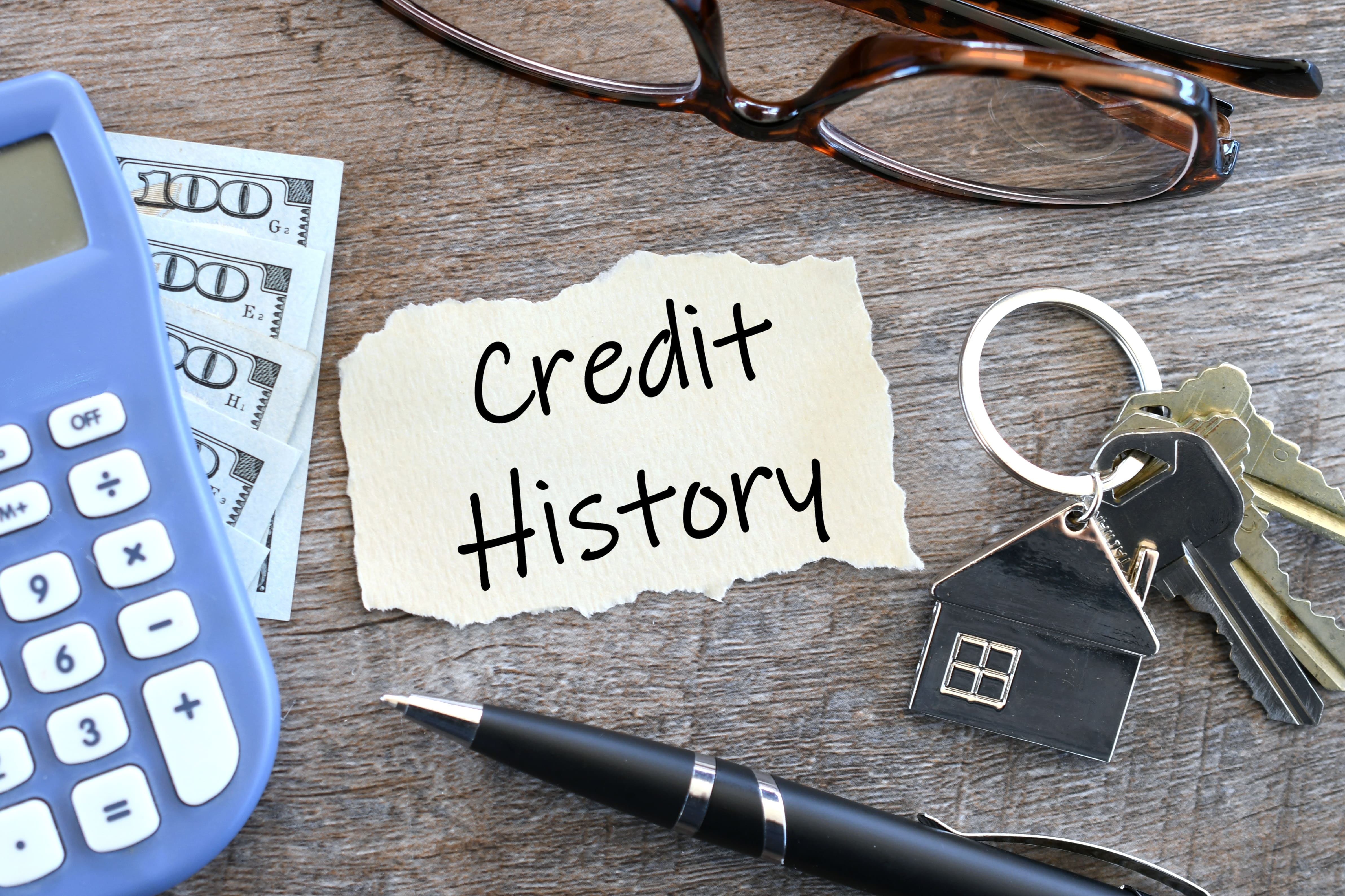This article is based on a video originally recorded on Visa Franchise YouTube Channel
The EB-5 Visa is an excellent opportunity for immigrants to gain permanent residency in the United States. The program is designed to stimulate the U.S. economy through job creation and capital investment by foreign investors. If a foreign investor meets the program’s requirements and counts with the EB-5 Visa investment amount, he or she can receive permanent residency status in just two years.The qualifications for the EB-5 Visa are quite strict and have specific financial requirements that must be met. This is why most of its applicants wonder what is the right investment amount for direct business and direct franchise with the EB-5 Visa.
Contents
EB-5 Visa Investment Amount in 2023
According to the USCIS (U.S. Citizenship and Immigration Services), the minimum invested amount a solicitant must fund depends on the petition filing date and the investment location.If the EB-5 Visa petition date is before 3/15/2022, the minimum investment amount is $1 million. If the investment is made in a Targeted Employment Area (TEA), the amount reduces to $500,000. The TEA is defined as a rural area or an area experiencing high unemployment of at least 150 percent of the national average rate. Investments made outside of TEA will remain at the higher amount of $1 million.If the EB-5 Visa petition is on or after 3/15/2022, the minimum investment amount increases to $1,050,000. An increase in the funding amount can also be seen in the TEA investment, going up to $800,000.

EB-5 Visa Investment Amount
The investment amount is adjusted for inflation every five years, and this increase reflects the rising costs associated with obtaining a Visa and starting up a new business in the United States. It is important to note that these new investment amounts only apply to cases submitted on or after March 15, 2022 so investors must act quickly to take advantage of the lower costs. The new minimum investment amounts will be in place until 2027, when they may be readjusted for inflation.
EB-5 Immigrant Investor Regional Centers
These regional centers are economic units within the United States that promote economic growth, whether they’re public or private. They’re established to focus on certain geographic areas, investment projects, or industries. Their purpose is to encourage foreign investments that create jobs in the United States.Regional centers are approved by the United States Citizenship and Immigration Services (USCIS) and are responsible for activities related to the EB-5 program. They provide prospective investors with information about investment opportunities in their region, assist them in sourcing investments that meet the EB-5 requirements, and track progress of job-creating activities. Regional centers can also pool funds from multiple investors, allowing them to make larger investments. These regional centers provide an opportunity for those who want to become permanent residents of the United States to participate in an economic activity and make a positive contribution.To this day, there are 632 regional centers all over the United States, each one of them corresponding to their own state. Some of them can also operate in more than one state. For more information on the regional centers, we advise you to make a visit to the USCIS website.

EB-5 Visa Classification
The EB-5 Visa Classification is an immigrant investor program that was created by the Immigration Act of 1990. This program allows investors to be granted permanent residence in the United States if they invest a minimum of $1 million into a new or existing business that will have at least 10 full-time employees and create jobs for U.S. workers. They can invest through one of the Regional Centers promoted by the U.S. Citizenship and Immigration Services (USCIS).
The EB-5 Visa Classification requirements to qualify for an EB-5 Visa:
- Investment
Have invested or be actively in the process of investing a minimum of $1 million (or $800,000 if investing in a Targeted Employment Area) into a new commercial enterprise. The term “new commercial enterprise” refers to any for-profit business formed for the purpose of conducting lawful business. This includes sole proprietorship, a partnership, a corporation, a limited liability company (LLC), and other entities that may be publicly or privately owned.
2. Job creation
Create at least 10 full-time jobs for U.S. workers within two years of receiving their Visa (or demonstrate that such jobs will be created by the end of the two-year period). In the case of a new commercial enterprise not located within a regional center, the new commercial enterprise must directly create the full-time positions to be counted. For the enterprise located within a regional center, the new commercial enterprise can directly or indirectly create the full-time positions. The difference between direct and indirect jobs is that direct jobs establish a relationship between the new enterprise and its employees while the indirect ones are those that are not directly created by the new enterprise, but are created as a result of it.
Employee terms
An employee is qualified if they are a U.S. citizen, lawful permanent resident, or another immigrant authorized to work in the United States, such as a conditional resident, temporary resident, asylee, refugee, or one whose deportation is suspended. This doesn’t include immigrant investors and their families, any noncitizen in any nonimmigrant status, or anyone who is not authorized to work in the United States.The term “full-time employment” refers to a position that requires a minimum of 35 working hours per week by the new commercial enterprise. In the case of the regional center program, full-time employment means the employee is qualified for a position that has been created indirectly that requires a minimum of 35 working hours per week. Jobs that are sporadic, temporary, or seasonal do not qualify as permanent full-time jobs.Investors who invest in EB-5 may rely on job maintenance in the case of a troubled business. The term “troubled business” refers to a business that has been in existence for at least two years and suffered a net loss during the 12- or 24-month period prior to the priority date of the immigrant investor’s Form I-526. The loss for this period must be at least 20% of the troubled business’s net worth before the loss. USCIS will take into account successors in interest to the troubled business when evaluating whether these companies have been in business as long as the troubled business they succeeded.
3. Proof
Demonstrate that the investment funds were not obtained by making false statements on immigration documents or through any fraudulent activity. The investment funds must be obtained through lawful meansIn addition to meeting these criteria, all applicants must also demonstrate an understanding of the business in which they are investing. This includes having a well-defined business plan and being able to explain how their investment will help create jobs for U.S. citizens or Lawful Permanent Residents.

EB-5 Visa investment amount: Integrity Fund
The EB-5 Integrity Fund is an optional United States Citizenship and Immigration Services (USCIS) program that provides additional security for investors in an EB-5 project. Investors who opt to participate in the program are required to place a portion of their investment into a separate escrow account, managed by USCIS. This fund can then be used to reimburse investors in certain cases if the project fails. In order for an EB-5 project to be eligible for this program, it must satisfy a number of criteria, including financial due diligence and job creation requirements as determined by USCIS.The fund can be accessed in cases where all or part of an investor’s investment is lost due to fraud, misrepresentation, bankruptcy, or other cause. Investors may also be able to access the fund if their project fails to create the required number of jobs within two years of its completion. In such cases, USCIS will refund all or part of an investor’s original investment in order to make them whole for their losses.
Annual Integrity Fund Fee for Regional Centers
USCIS Regional Centers may be required to pay an annual Integrity Fund Fee of $20,000 if they are designated prior to October 1 2022. This fee is used to help fund the operations of USCIS and its partner agencies that are responsible for overseeing the Immigrant Investor Program (EB-5) and other permanent residency programs. All Regional Centers must pay this fee before their designation is complete. Failure to pay the fee within 90 days of initial designation will result in automatic revocation of the Regional Center’s status. The first fee payment is due by April 1, 2023.

Vacated Rule Modernizing the EB-5 Immigrant Investor Program
This updated rule allows for foreign investors to invest in certain economically depressed areas, helping drive economic growth and job creation. The new rule modernizes the EB-5 program by:
- Providing priority date retention to certain EB-5 investors: It is possible for investors to keep the priority date of their previous EB-5 petitions when they submit a new petition.
- Increasing the required minimum investment amounts to account for inflation.
- Reforming certain targeted employment area (TEA) designations: These changes will guide investment toward locations that lack adequate economic activity and provide a more consistent definition for high-unemployment areas in the program.
- Clarifying USCIS procedures for the removal of conditions on permanent residence: The new rule includes flexibility in interview locations, updates the regulations to reflect the current process for issuing green cards, and more.
EB-5 Visa investment amount: Conclusion
In conclusion, the EB-5 Immigrant Investor Program is a great opportunity for foreign investors to gain permanent residency in the United States while also helping local economies. Those who qualify have the potential to obtain their green card faster than through other methods and may even be eligible for certain employment benefits. However, it is important to remember that there are a number of requirements that must be met in order to qualify. If you’re interested in applying, make sure you are familiar with all of the conditions.

Discover if you qualify to invest in a thriving U.S. franchise and secure your E-2 visa.
Check your eligibility
More Insights You Might Like
Explore related articles packed with expert advice, real stories, and practical tips to support your U.S. visa and relocation journey.




